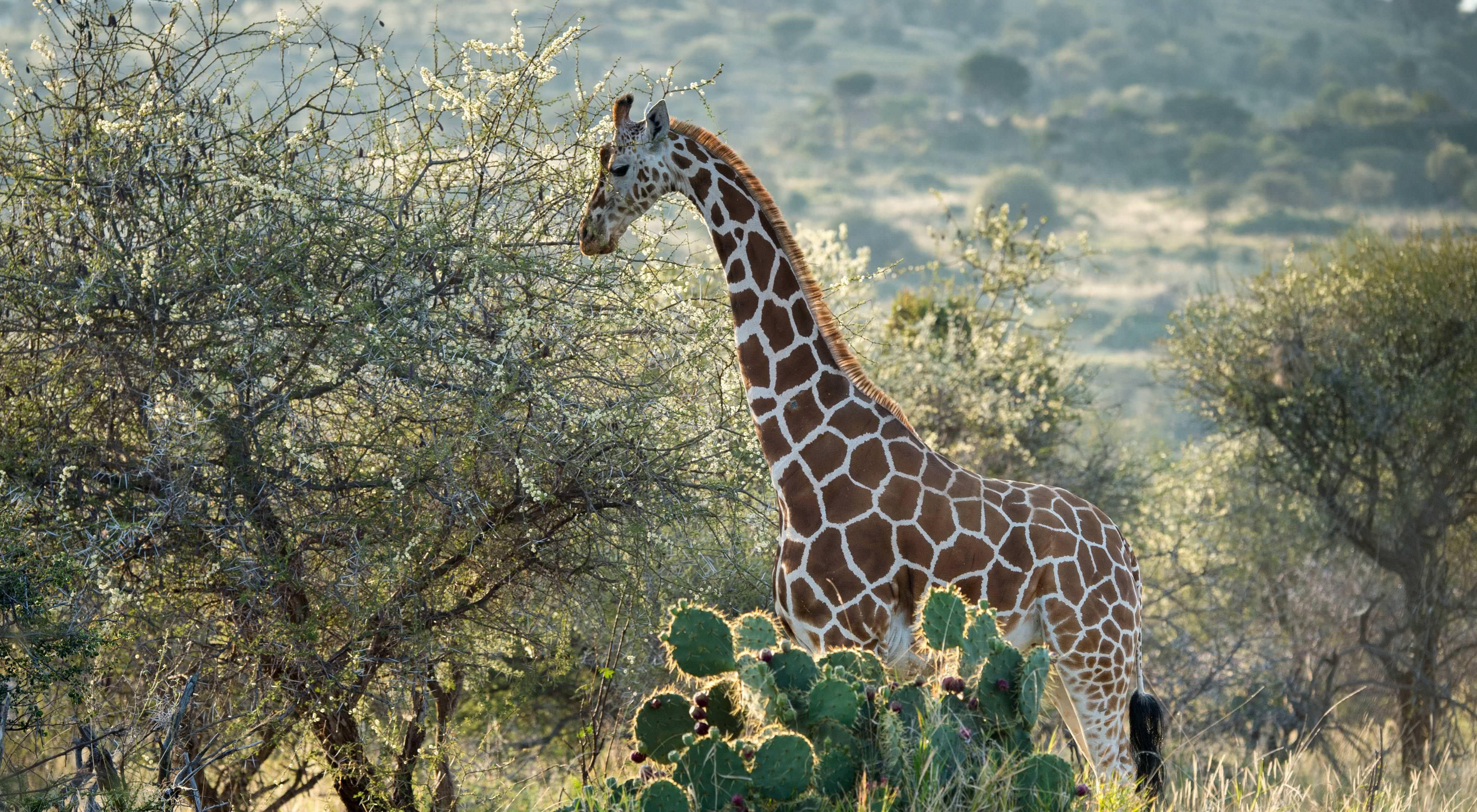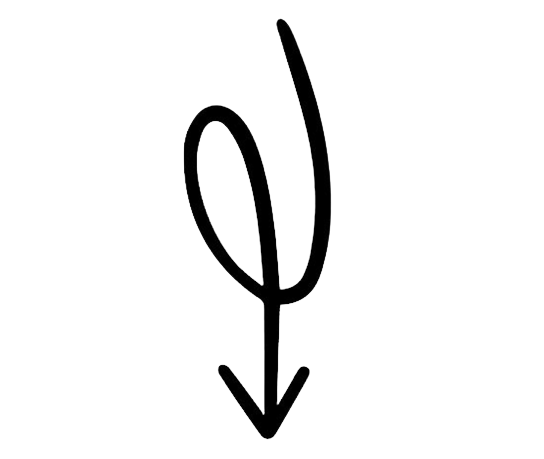- Discover the true dietary habits of giraffes, including their browsing behavior and preferred tree species for sustenance.
- Explore how giraffes adapt their diet to different seasons and the importance of protecting their food sources in their natural habitat.
Unraveling Giraffes Food Choices
Giraffes diet has long fascinated us. Beyond leaves, they are unique browsers, selectively grazing on foliage, twigs, and fruits. Their remarkable adaptations, including long necks and specialized tongues, enable efficient feeding in treetops. Giraffes exhibit preferences for specific tree species such as acacias, combretums, and terminalias, which provide essential nutrition and moisture. Understanding their food choices illuminates their ecological role and underscores the importance of preserving their food sources.
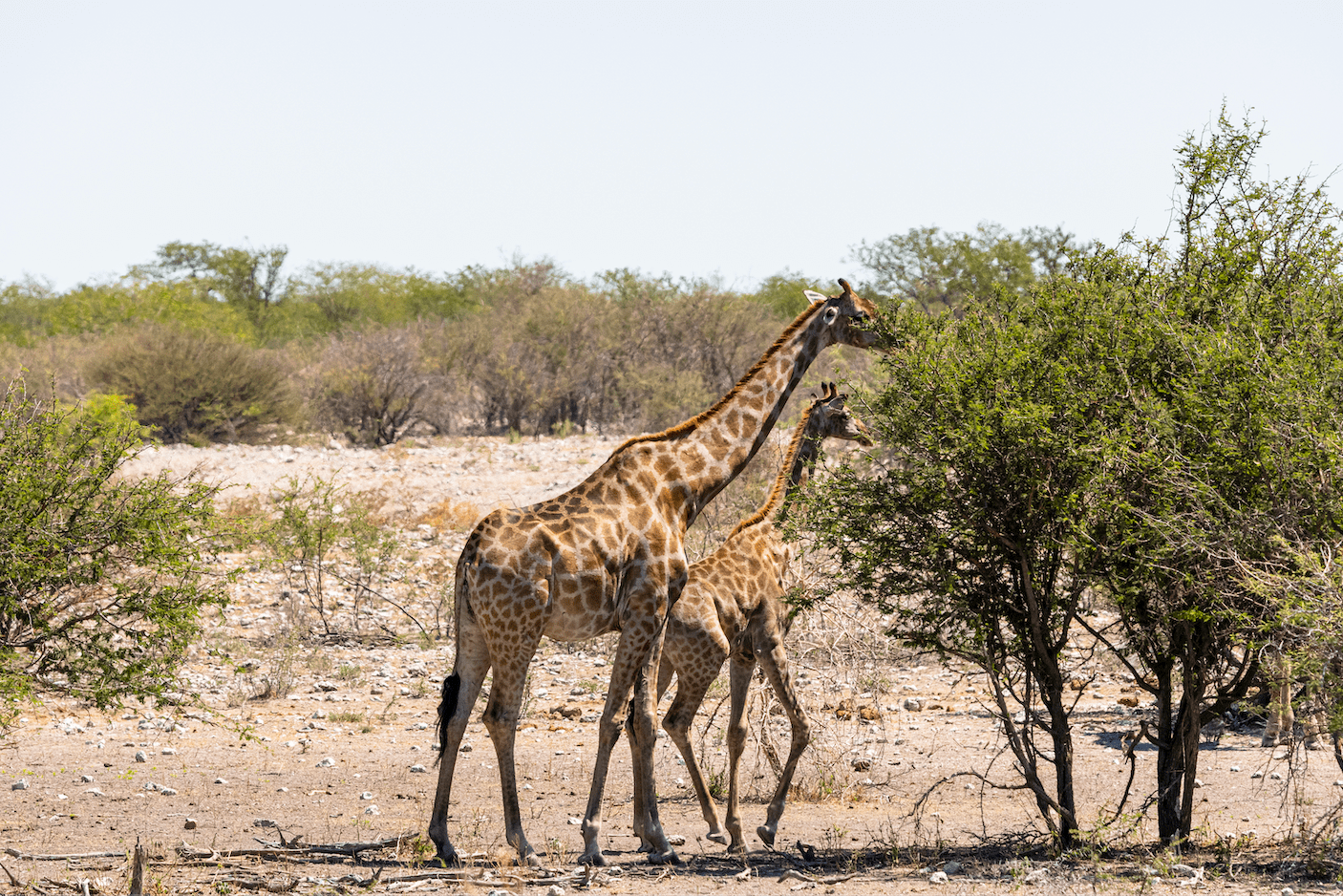
Giraffe with its calf eating fresh acacia leaves
Browsing Behavior: How Giraffes Feed
Browsing is a selective feeding behavior in which animals consume specific parts of plants, such as leaves and twigs. Browsers have adaptations that help them access high foliage or targeted plant parts. Giraffes are a notable example of browsers, using their long necks and specialized tongues to feed on leaves in tall trees. Browsing allows animals to choose their food sources strategically and optimize their nutrient intake.
Giraffes possess a fascinating browsing behavior that sets them apart as herbivores. With their long necks and agile bodies, they are skilled at reaching foliage in tall trees that other animals cannot access. Giraffes use their unique browsing behavior to selectively graze on leaves, twigs, and even occasional fruits found within the treetops. This behavior allows them to take advantage of the abundant food resources that exist beyond the reach of many other herbivores.
To aid in their feeding process, giraffes have evolved specialized adaptations. Their long necks, consisting of seven elongated vertebrae, provide the necessary reach to access leaves at considerable heights. Additionally, giraffes possess long and versatile tongues, often measuring up to 18 inches in length. These remarkable tongues are prehensile and covered in thick, tough skin, allowing them to maneuver around thorny branches and grasp leaves with precision. Such adaptations make giraffes highly efficient browsers, enabling them to extract nourishment from a variety of vegetation within their habitats.
Giraffes browsing behavior is not only an adaptation for feeding, but also serves as a means of survival. By accessing food sources in treetops, giraffes reduce competition with other herbivores that are limited to feeding at lower levels. This unique feeding strategy allows giraffes to exploit niche food resources and thrive in their natural habitats. Understanding and appreciating the browsing behavior of giraffes provides valuable insights into their ecological role and showcases the remarkable adaptations that enable them to survive and flourish in their environments.
Preferred Tree Species: Giraffes Favorite Food Sources
Giraffes exhibit distinct preferences when it comes to their food sources, showing a particular fondness for certain tree species. Understanding these preferred tree species provides valuable insights into the nutritional needs and feeding habits of giraffes.
Acacias, combretums, and terminalias are among the tree species that giraffes commonly seek out for sustenance. Acacias, known for their long, thorny branches, are a staple in the giraffes' menu. Giraffes skillfully navigate through the thorns to reach the nutrient-rich leaves. Combretums, with their lush foliage and reddish-brown bark, are also highly sought after by giraffes. Terminalias, characterized by their distinct canopy shape and presence near water sources, offer giraffes a rich source of food and moisture.
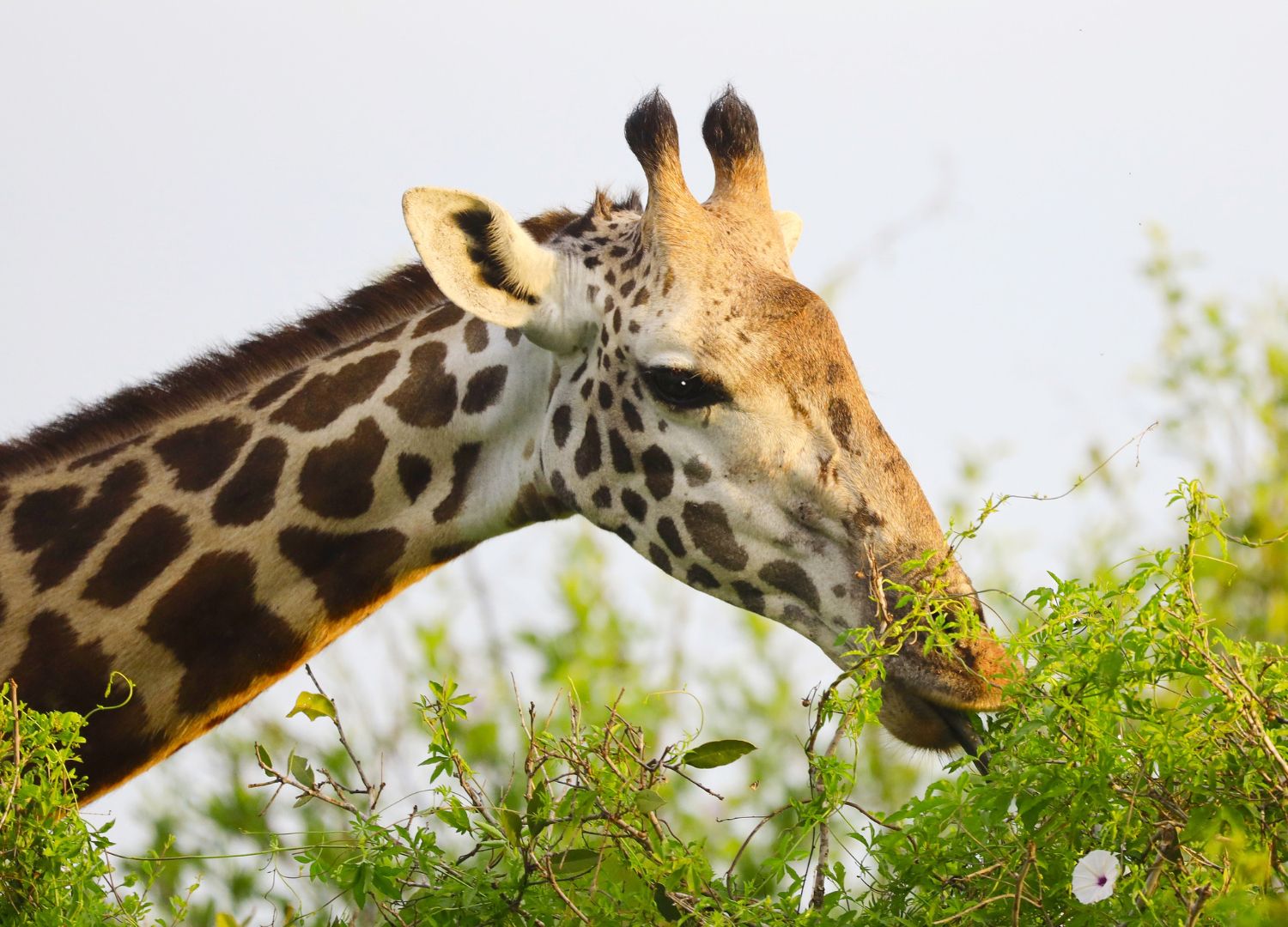
A giraffe eating its favourite snack.
These preferred tree species provide essential nutrition for giraffes. The leaves, rich in proteins, minerals, and carbohydrates, offer the necessary sustenance for their growth and survival. Giraffes have evolved to thrive on these tree species, adapting their feeding behaviors and physical attributes to access the foliage safely.
The significance of these preferred tree species extends beyond nutrition. They contribute to the overall biodiversity of their habitats, supporting a range of other wildlife species. By consuming leaves from these trees, giraffes also play a role in shaping the ecosystems they inhabit. Understanding and preserving these preferred tree species is crucial for the conservation of giraffes and the maintenance of a healthy and balanced ecosystem.
Seasonal Adaptations: Changes in Giraffes' Diet
Giraffes exhibit remarkable adaptations to cope with changes in food availability throughout the seasons.
As the seasons shift, so does the distribution of food sources for giraffes. During the dry season, when foliage becomes scarce, giraffes face challenges in finding sufficient sustenance. In response, they exhibit remarkable migratory patterns, moving to areas where food resources are more abundant. By adapting their movements, giraffes can access different feeding grounds that offer a variety of plants and trees to meet their nutritional needs.
During the wet season, when vegetation flourishes, giraffes have access to a wider array of food sources. The abundance of fresh foliage allows giraffes to indulge in a more diverse diet, including a wider selection of tree species and plants. They take advantage of the increased food availability to fulfill their nutritional requirements and support their growth and reproduction.
These seasonal adaptations play a vital role in the survival and success of giraffes. They demonstrate the flexibility and resilience of these magnificent animals, allowing them to navigate changes in their environment and find sustenance even during challenging times.
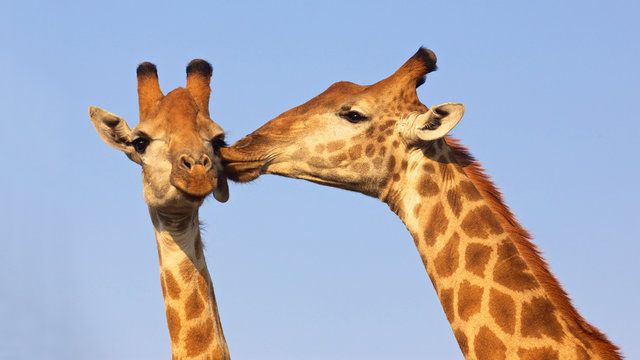
Giraffes exhibit social behaviors that indicate care and concern for one another.
Nutritional Needs and Feeding Habits
Giraffes have unique nutritional needs, driven by their large size and specialized physiology. In this section, we explore the nutritional requirements of giraffes and delve into their feeding habits.
Giraffes are herbivores, consuming a diet solely consisting of plant material. Their nutritional needs are primarily met through the consumption of leaves, twigs, and bark from selected tree species. Giraffes have evolved a digestive system that allows them to extract nutrients efficiently from their fibrous diet. Their elongated digestive tracts and specialized gut bacteria aid in breaking down plant material and extracting essential nutrients.
Feeding habits of giraffes revolve around their browsing behavior. They spend a significant portion of their day feeding, often reaching heights of up to six meters to access leaves in the treetops. Giraffes use their long necks and agile tongues to selectively browse on leaves, twigs, and branches. Their feeding habits are influenced by factors such as food availability, nutritional content, and individual preferences.
Understanding the nutritional needs and feeding habits of giraffes is essential for their conservation and welfare. It allows us to develop conservation strategies that ensure the availability of suitable food sources and address any potential threats to their habitat.
Uncovering the truth about what giraffes really eat provides valuable insights into their dietary habits, adaptations, and conservation needs. Giraffes' browsing behavior, preference for specific tree species, and ability to adapt their diet based on seasonal changes showcase their remarkable resilience and survival strategies. Preserving their food sources and maintaining a diverse range of vegetation is crucial for the well-being and long-term conservation of giraffes. By understanding and appreciating their unique diet, we can ensure a future where giraffes thrive in their natural habitats.
Featured for you


